Joseph Daniel Kowalski
age ~35
from La Mesa, CA
- Also known as:
-
- Joseph D Kowalski
- Joe Kowalski
Joseph Kowalski Phones & Addresses
- La Mesa, CA
- San Diego, CA
- Portland, OR
- Boulder, CO
- Ixonia, WI
- Lowell, WI
- Madison, WI
Medicine Doctors

Joseph M. Kowalski
view sourceSpecialties:
Orthopaedic Surgery, Orthopaedic Surgery Of Spine
Work:
University Sports Medicine InstituteUBMD Orthopaedics & Sports Medicine
462 Grider St, Buffalo, NY 14215
(716)2043200 (phone), (716)8985743 (fax)
University Sports Medicine InstituteUBMD Orthopaedics & Sports Medicine
4949 Harlem Rd STE 301, Buffalo, NY 14226
(716)2043200 (phone), (716)8292138 (fax)
462 Grider St, Buffalo, NY 14215
(716)2043200 (phone), (716)8985743 (fax)
University Sports Medicine InstituteUBMD Orthopaedics & Sports Medicine
4949 Harlem Rd STE 301, Buffalo, NY 14226
(716)2043200 (phone), (716)8292138 (fax)
Education:
Medical School
University of Buffalo, SUNY School of Medicine and Biomedical Sciences
Graduated: 1993
University of Buffalo, SUNY School of Medicine and Biomedical Sciences
Graduated: 1993
Procedures:
Joint Arthroscopy
Spinal Cord Surgery
Spinal Fusion
Spinal Surgery
Arthrocentesis
Hip/Femur Fractures and Dislocations
Shoulder Surgery
Spinal Cord Surgery
Spinal Fusion
Spinal Surgery
Arthrocentesis
Hip/Femur Fractures and Dislocations
Shoulder Surgery
Conditions:
Fractures, Dislocations, Derangement, and Sprains
Internal Derangement of Knee Cartilage
Intervertebral Disc Degeneration
Osteoarthritis
Scoliosis or Kyphoscoliosis
Internal Derangement of Knee Cartilage
Intervertebral Disc Degeneration
Osteoarthritis
Scoliosis or Kyphoscoliosis
Languages:
English
Spanish
Spanish
Description:
Dr. Kowalski graduated from the University of Buffalo, SUNY School of Medicine and Biomedical Sciences in 1993. He works in Buffalo, NY and 1 other location and specializes in Orthopaedic Surgery and Orthopaedic Surgery Of Spine. Dr. Kowalski is affiliated with Buffalo General Medical Center and Erie County Medical Center.

Joseph M. Kowalski
view sourceSpecialties:
Cardiovascular Disease
Work:
Cardiology Specialists Of Acadiana
315 Rue Louis Xiv, Lafayette, LA 70508
(337)2699777 (phone), (337)2690244 (fax)
315 Rue Louis Xiv, Lafayette, LA 70508
(337)2699777 (phone), (337)2690244 (fax)
Education:
Medical School
Marshall University Edwards School of Medicine
Graduated: 1984
Marshall University Edwards School of Medicine
Graduated: 1984
Procedures:
Angioplasty
Cardiac Catheterization
Cardiac Stress Test
Continuous EKG
Echocardiogram
Electrocardiogram (EKG or ECG)
Pacemaker and Defibrillator Procedures
Cardiac Catheterization
Cardiac Stress Test
Continuous EKG
Echocardiogram
Electrocardiogram (EKG or ECG)
Pacemaker and Defibrillator Procedures
Conditions:
Angina Pectoris
Paroxysmal Supreventricular Tachycardia (PSVT)
Acute Myocardial Infarction (AMI)
Aortic Regurgitation
Aortic Valvular Disease
Paroxysmal Supreventricular Tachycardia (PSVT)
Acute Myocardial Infarction (AMI)
Aortic Regurgitation
Aortic Valvular Disease
Languages:
English
Description:
Dr. Kowalski graduated from the Marshall University Edwards School of Medicine in 1984. He works in Lafayette, LA and specializes in Cardiovascular Disease. Dr. Kowalski is affiliated with Heart Hospital Of Lafayette and Our Lady Of Lourdes Regional Medical Center.
Us Patents
-
Measurement Of Glucose In An Insulin Delivery Catheter By Minimizing The Adverse Effects Of Insulin Preservatives
view source -
US Patent:20200368431, Nov 26, 2020
-
Filed:Aug 13, 2020
-
Appl. No.:16/992772
-
Inventors:- Portland OR, US
Robert S. CARGILL - Portland OR, US
Gabriel HEINRICH - Portland OR, US
Sheila BENWARE - Clackamas OR, US
Mark VREEKE - Aliso Viejo CA, US
Joseph D. KOWALSKI - Portland OR, US
Thomas SEIDL - Tigard OR, US -
International Classification:A61M 5/172
A61B 5/145
A61B 5/1473
A61M 5/158
A61M 5/165
A61M 5/142 -
Abstract:This disclosure teaches the concept, and method of creating, a dual use device intended for persons who take insulin. In one embodiment, the novel device is an insulin delivery cannula, the outer wall of which contains electrodes, chemical compounds and electrical interconnects that allow continuous glucose sensing and delivery of data to a remote device. Heretofore, the main problem in attempting to sense glucose at the site of insulin delivery has been the high current resulting from oxidation by the sensor of the preservatives in the insulin formulations. One means of eliminating these interferences is to poise the indicating electrode(s) of the sensor at a bias sufficiently low to avoid the signal from oxidation of the preservatives. One way of obtaining a glucose signal at a low bias is to use an osmium-ligand-polymer complex instead of conventional hydrogen peroxide sensing. Another is to use a size exclusion filter located in line with the insulin delivery tubing in order to remove the smaller phenolic preservative molecules while allowing the larger insulin molecules to pass unimpeded. These filtration concepts can also be more broadly applied, that is, the general concept of removal of unwanted drug formulation excipients from a drug delivery system.
-
Micro-Thruster Cathode Assembly
view source -
US Patent:20200240398, Jul 30, 2020
-
Filed:Sep 16, 2019
-
Appl. No.:16/572304
-
Inventors:- BEAVERTON OR, US
Joseph Kowalski - Beaverton OR, US
Jereme Shaver - Beaverton OR, US -
Assignee:E BEAM INC. - BEAVERTON OR
-
International Classification:F03H 1/00
H05H 1/48 -
Abstract:Plasma cathodes for micro Hall and ion thrusters of unprecedented power efficiency, low cost, compactness, are provided. The cathodes employ, for example, a very small planar scandate cathode as electron source, delivering over 350 ma of discharge from an emitter area as small as only 0.012 cm2.
-
Measurement Of Glucose In An Insulin Delivery Catheter By Minimizing The Adverse Effects Of Insulin Preservatives
view source -
US Patent:20160354542, Dec 8, 2016
-
Filed:May 31, 2016
-
Appl. No.:15/169432
-
Inventors:William Kenneth Ward - Portland OR, US
Robert S. Cargill - Portland OR, US
Gabriel Heinrich - Portland OR, US
Sheila Benware - Clackamas OR, US
Mark Vreeke - Aliso Viejo CA, US
Joseph D. Kowalski - Portland OR, US
Thomas Seidl - Tigard OR, US -
Assignee:Pacific Diabetes Technologies - Portland OR
-
International Classification:A61M 5/172
A61B 5/145
A61M 5/142
A61M 5/158
A61M 5/165
A61B 5/00
A61L 29/16
A61B 5/1473 -
Abstract:This disclosure teaches the concept, and method of creating, a dual use device intended for persons who take insulin. In one embodiment, the novel device is an insulin delivery cannula, the outer wall of which contains electrodes, chemical compounds and electrical interconnects that allow continuous glucose sensing and delivery of data to a remote device. Heretofore, the main problem in attempting to sense glucose at the site of insulin delivery has been the high current resulting from oxidation by the sensor of the preservatives in the insulin formulations. One means of eliminating these interferences is to poise the indicating electrode(s) of the sensor at a bias sufficiently low to avoid the signal from oxidation of the preservatives. One way of obtaining a glucose signal at a low bias is to use an osmium-ligand-polymer complex instead of conventional hydrogen peroxide sensing. Another is to use a size exclusion filter located in line with the insulin delivery tubing in order to remove the smaller phenolic preservative molecules while allowing the larger insulin molecules to pass unimpeded. These filtration concepts can also be more broadly applied, that is, the general concept of removal of unwanted drug formulation excipients from a drug delivery system.
-
Highly Durable Dual Use Catheter For Analyte Sensing And Drug Delivery
view source -
US Patent:20160228678, Aug 11, 2016
-
Filed:Dec 31, 2015
-
Appl. No.:14/986469
-
Inventors:Robert S. Cargill - Portland OR, US
William Kenneth Ward - Portland OR, US
Joseph D. Kowalski - Portland OR, US -
Assignee:Pacific Diabetes Technologies - Portland OR
-
International Classification:A61M 25/00
A61B 5/1486
A61B 5/145
A61M 5/14
A61B 5/00 -
Abstract:This invention pertains to the concept of creating a strip that contains one or more amperometric biosensing electrodes and integrating this strip into the outer wall of a hollow catheter (cannula). The electrodes can be used for continuous sensing of an analyte such as glucose and the hollow lumen can be used concurrently for delivery of a drug such as insulin. There is a risk for electrode films to break apart during impact. However, if there is a metallic foil beneath (underlying) the thin film metal electrodes, durability and fatigue resistance are markedly improved. The term “foil” indicates a metal layer that is 2-15 μm in thickness. Foils can be created by rolling, hammering, electroplating, printing, or vacuum-deposition. A foil-polymer laminate is suitable as a substrate because it permits low-cost patterning and assembly into a durable, fatigue-resistant sensor.
Name / Title
Company / Classification
Phones & Addresses
T.J. TECHNOLOGIES, INC
ENGINEERONSTAFF.COM, LLC
KOWALSKI GROUP, LLC
License Records
Joseph G Kowalski
License #:
187 - Expired
Category:
Health Care
Issued Date:
Oct 1, 1982
Effective Date:
Dec 20, 2002
Expiration Date:
Jan 31, 2001
Type:
Licensed Clinical Social Worker
Resumes

Joseph Kowalski
view source
Joseph Kowalski
view source
Joseph Kowalski
view source
Joseph Kowalski
view sourceLocation:
United States

Joseph Kowalski
view sourceLocation:
United States

Joseph Kowalski
view sourceLocation:
United States
Lawyers & Attorneys
Googleplus
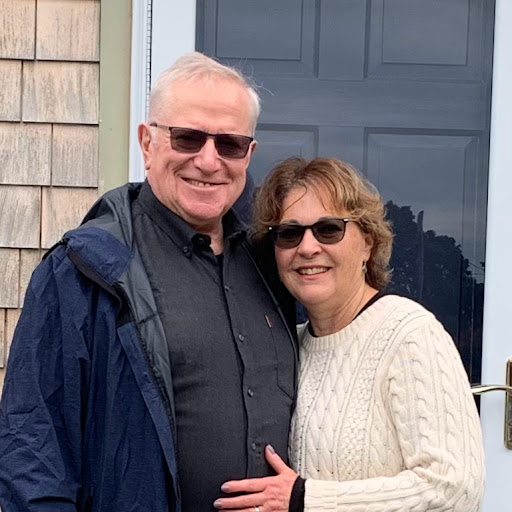
Joseph Kowalski
Education:
Bishop Gibbons
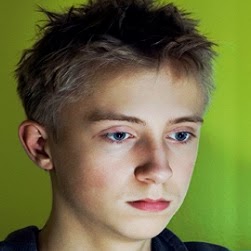
Joseph Kowalski
Education:
Point Pleasant High School, Point Pleasant, WV, Monroe College
Tagline:
Lives for going on vacation
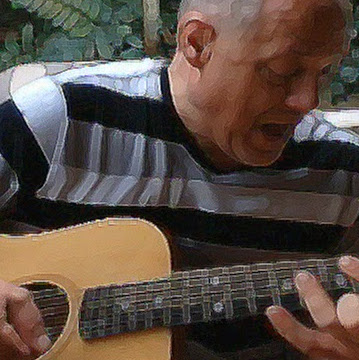
Joseph Kowalski
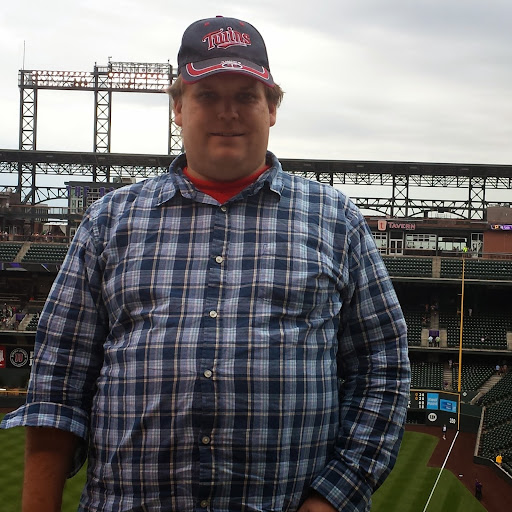
Joseph Kowalski

Joseph Kowalski
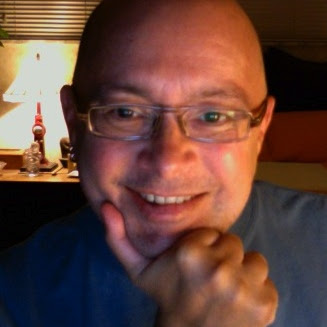
Joseph Kowalski
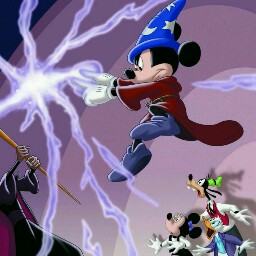
Joseph Kowalski

Joseph Kowalski
Plaxo

Joseph Kowalski
view sourceStrongsville, OH USANational Training Manager - Sales Field at Akzo No... married with three children
been working here since 1977
sales for 20 years; in the Training department since 1997

Joseph W. Kowalski P. E.
view sourceProf. Engr. in OH, KY, IN, SC, MI, ID, RI, HI, GA,...President at Kowalski Engineering Inc RetainingWal...
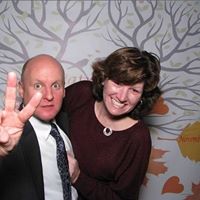
Joseph Kowalski
view source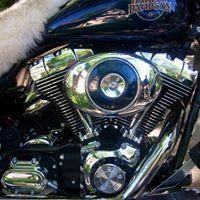
Norbert Joseph Kowalski
view source
Blessed Joseph Kowalski
view source
Joseph Kowalski
view source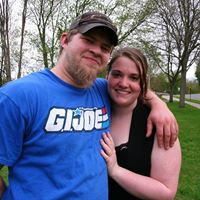
Joseph Kowalski
view source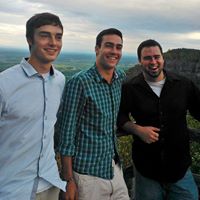
Joseph Kowalski
view source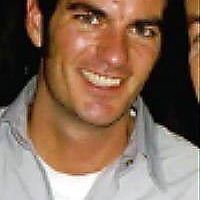
Joseph Kowalski
view source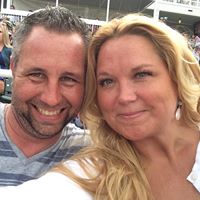
Joseph Kowalski
view sourceClassmates

Joseph Kowalski
view sourceSchools:
Dryden High School Dryden MI 1954-1958
Community:
Victoria Bates, Juli Hamlin, Rob Hart, Paula Hodges

Joseph Kowalski
view sourceSchools:
E.T. White Junior High School Lapeer MI 1950-1954
Community:
Victoria Bates, Juli Hamlin, Rob Hart, Paula Hodges

Joseph Kowalski
view sourceSchools:
Arthur Hill Technical School Saginaw MI 1961-1965
Community:
Jerry Koerner, Janet Black, Frederick Arnold, Donnell Mccray, James Beardsley

Joseph Kowalski
view sourceSchools:
Meriden High School Meriden CT 1940-1944
Community:
Lelia Dyer, Lorraine Papallo, Alyce Potter

Joseph Grabauskas (Kowals...
view sourceSchools:
Frackville High School Frackville PA 1950-1954
Community:
Betty Covey, Frances Logan, Christine Collar

Joseph J Kowalski
view sourceSchools:
Trenton Catholic High School Trenton NJ 1952-1956
Community:
Richard Tiedemann, Louis Giovacchini, Henry Murl, Paul Hancin, Walter Mcnamara, Jim Black, Gino Strippoli, James Howarth, Albert Cardinale, Donald Ringkamp

Joseph Kowalski
view sourceSchools:
William Penn High School New Castle DE 1999-2003
Community:
Melba Taylor, Bill Bramble

Joseph Kowalski
view sourceSchools:
Cathedral Preparatory Erie PA 1969-1973
Community:
Michael Bigelow, Jerry Wingerter
Youtube
Flickr
Get Report for Joseph Daniel Kowalski from La Mesa, CA, age ~35













